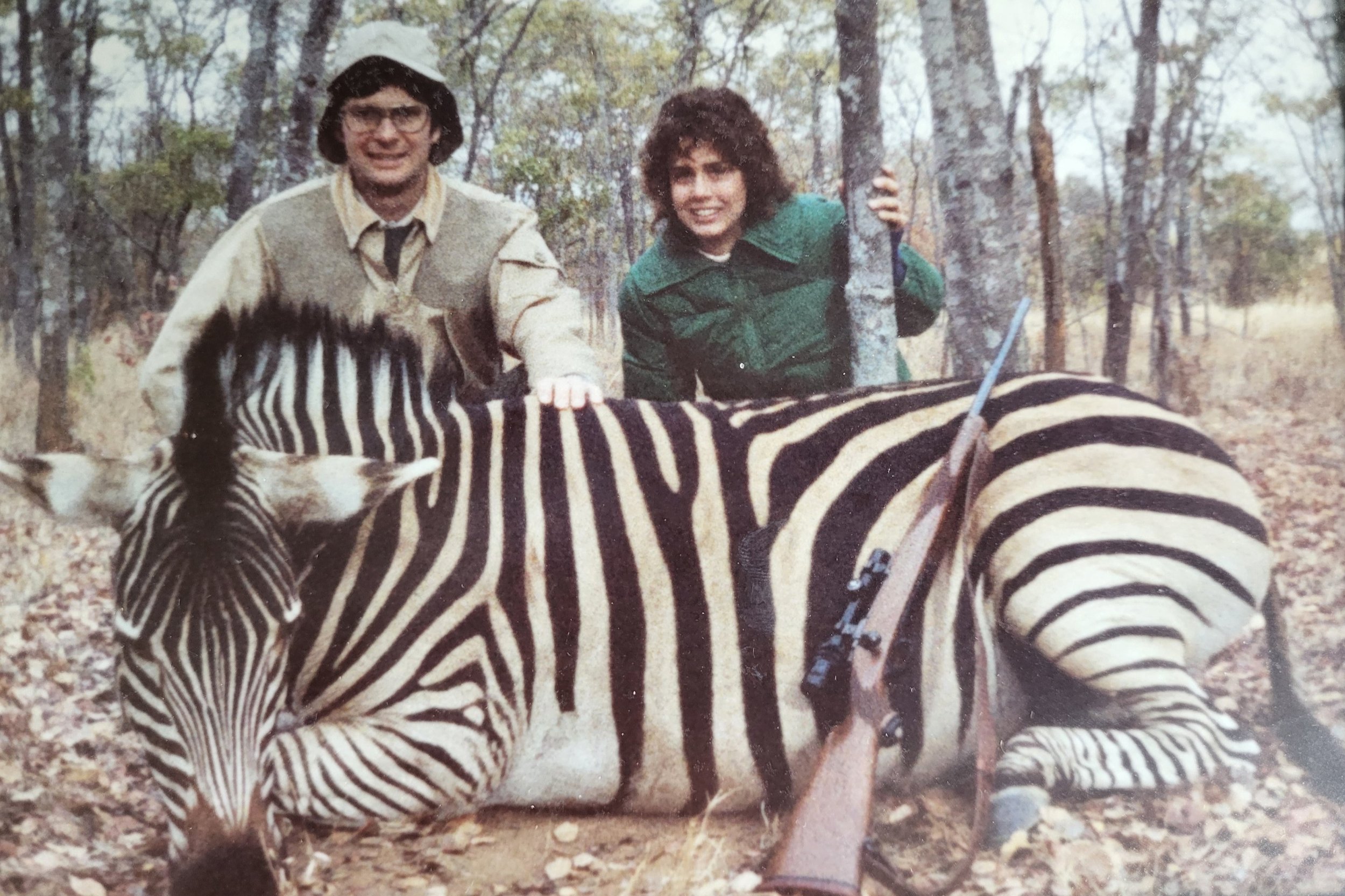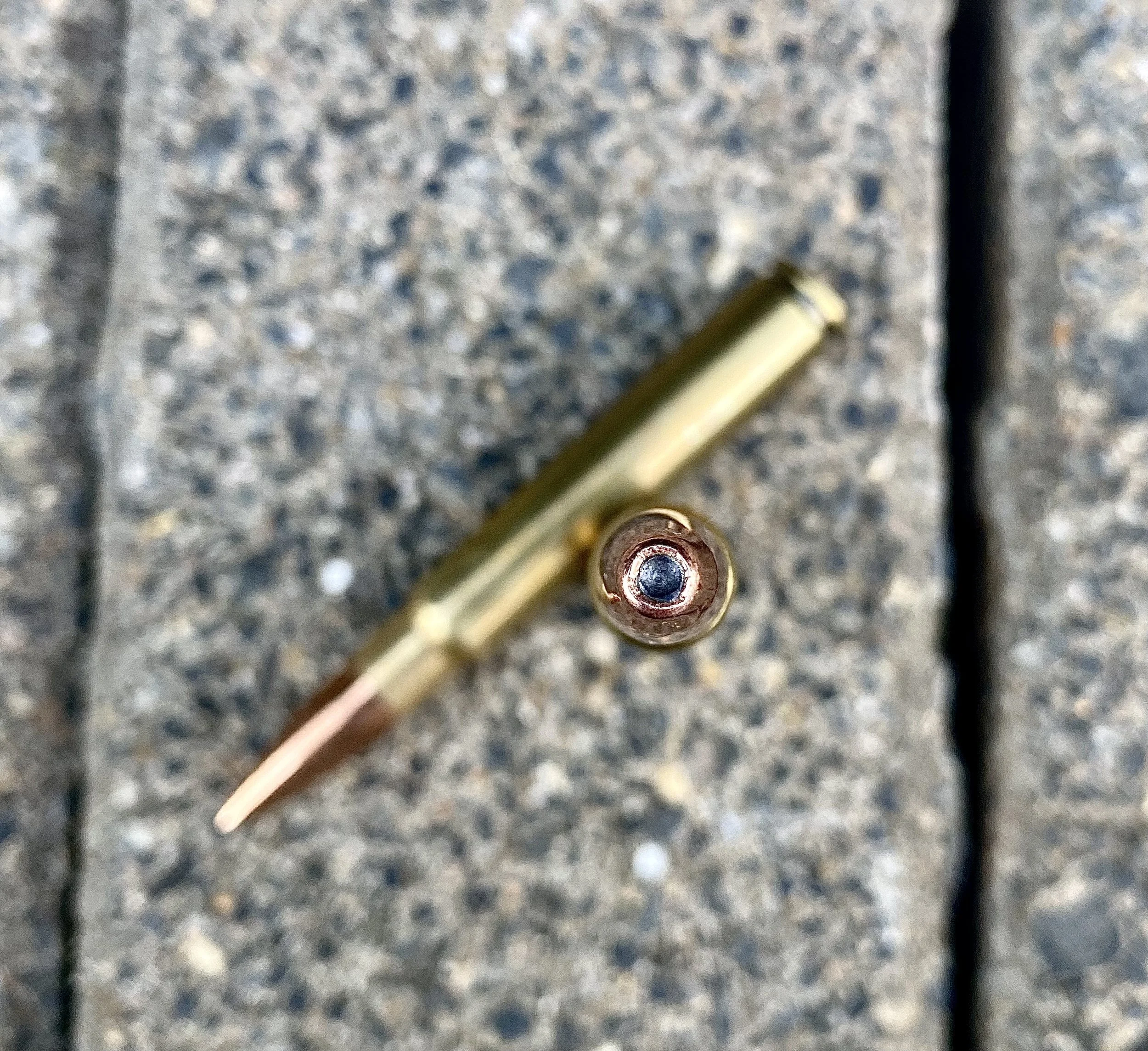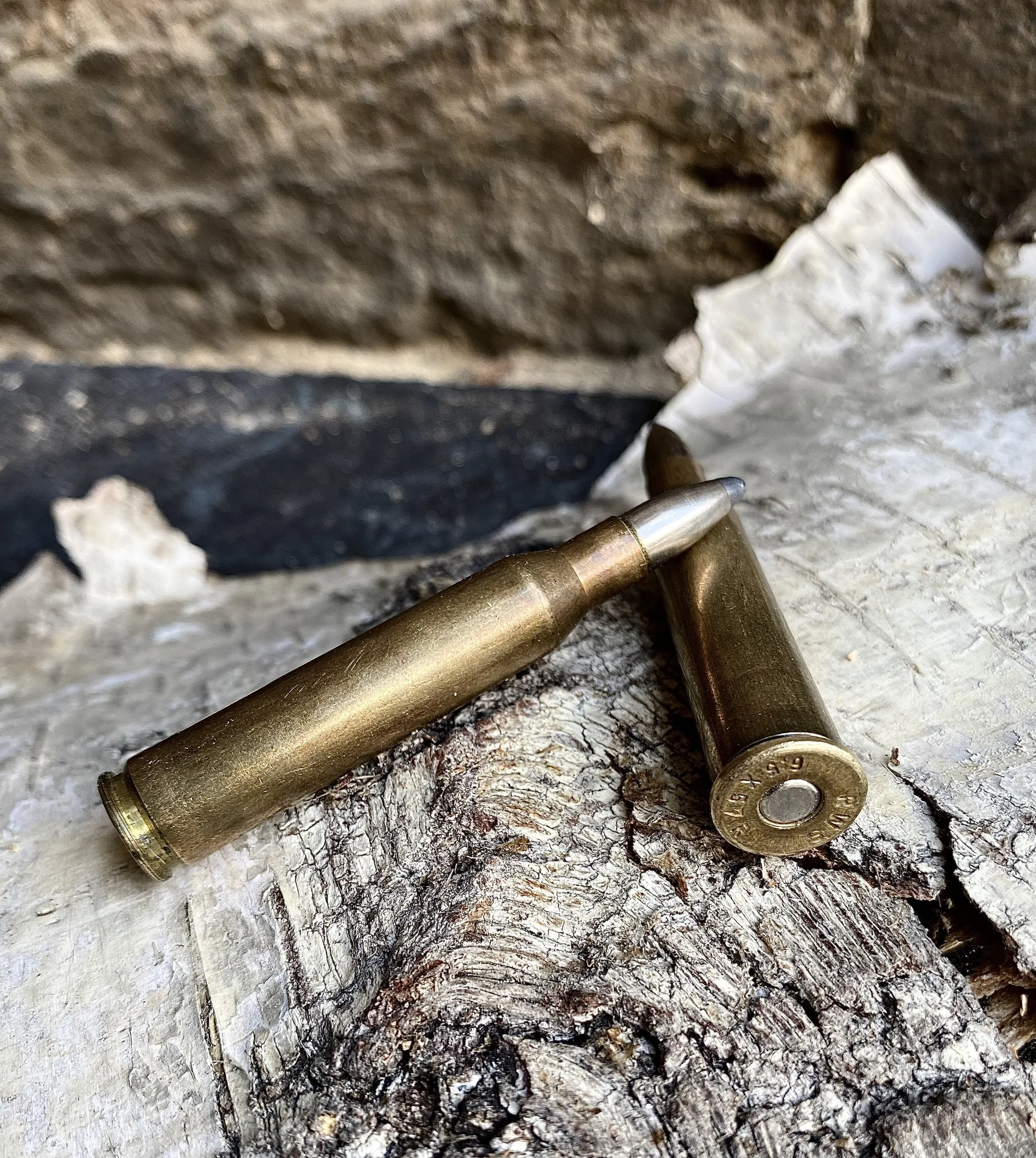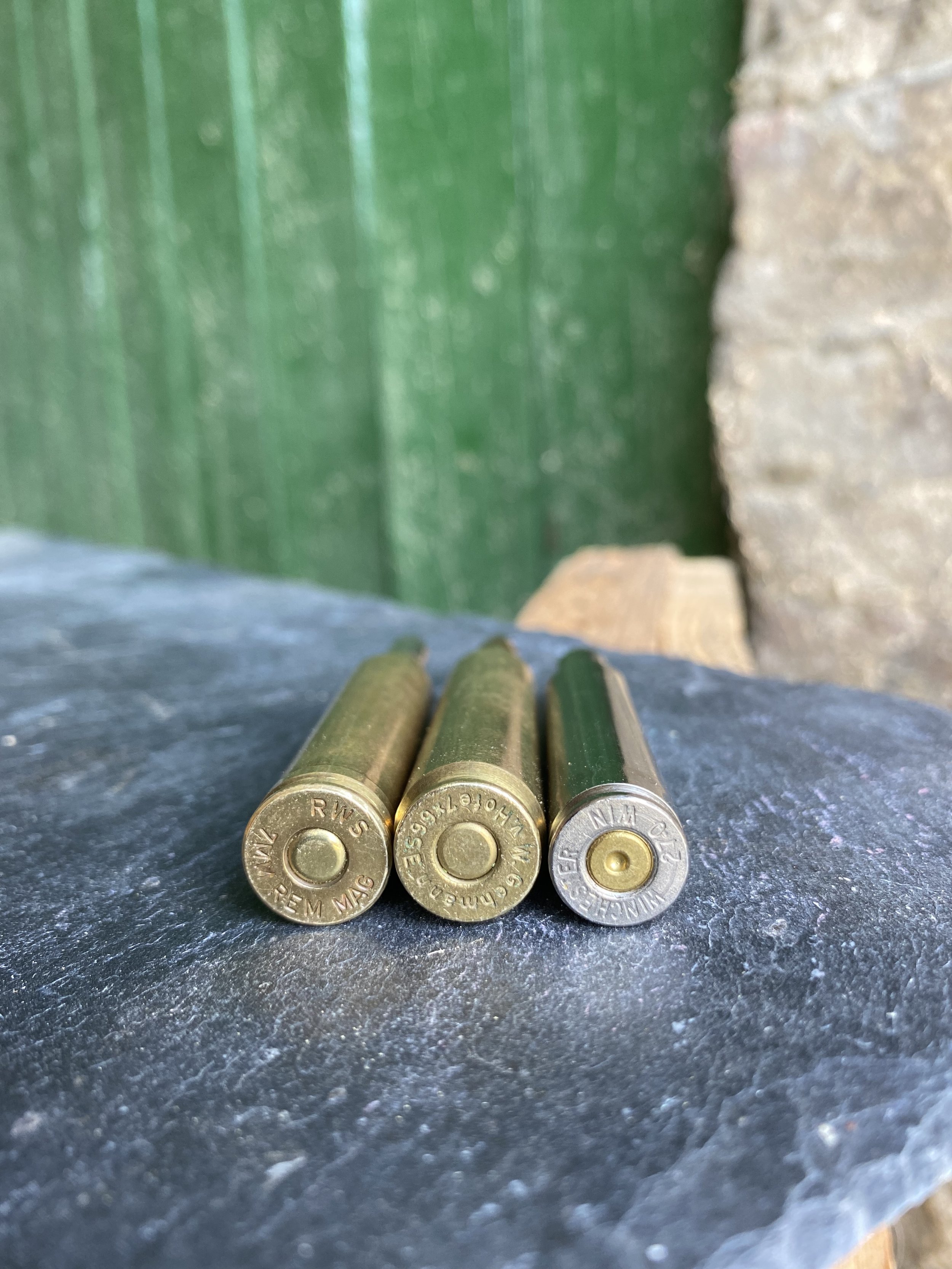Hunt a Sable If You're Able


(This blog first appeared in http://sportingclassicsdaily.com) Africa’s black sable, with its broad chest, white belly and white facial markings wears ribbed, scimitar horns like a crown. This is, arguably, the handsomest antelope in the world, and in 1995 I didn't shoot one. It was a spectacular specimen, a bull our PH estimated at 44 to 46 inches. That’s horn length along the curve, and for a Zimbabwe sable, it was far above ordinary. But so was the price. With a budget already strained by kudu, eland, bush pigs and more, a $2,000 sable seemed extravagant beyond my means. I passed. I’m still kicking myself. Ten years later a PH in southern Namibia is trying to sell me a sable. A 46-inch sable. The price starts at $12,000 and drops to $6,500 as he tries to close the deal. But sable aren't native to south Namibia. Nor is it likely a self-reproducing, introduced species. Odds were 999 to 1 that it had been recently trucked in and released. Game farming at its worst. I passed again and kicked my figurative backside again – for not having shot the Zimbabwe sable. Fast forward to 2011. Betsy and I are hunting buffalo in the Zambezi River delta in Mozambique. But sable seem to outnumber buffalo. Herds of six to fifty graze and run and slip through the upland sand forest every day, teasing, tantalizing. Delta sable are not as large as Zimbabwe sable. Some think they are the smaller Roosevelt race. PH Mike Currey assesses each bull, hoping to uncover a corker. He does. A fine bull pushing 40 inches lopes out of the swamp edge and across the wet plain. But if we pursue him, our buffalo hunt will be compromised. We pass. I’m still kicking myself. Later in that hunt, nearly two decades of regret and frustration inspire me to take a questionable bull ghosting through the trees. It is a herd bull in control of eight cows, black and standing proud, it's swept back horns making it look as if it's already running. This time, not knowing if I'll ever get a chance to hunt sable again, I pull the trigger. As we say, every bull is a trophy, but this trophy's horns stretch just 36 inches and the trophy fee is $7,500. Still a gorgeous animal but... A 16-year wait, $5,500 additional cost for 10-inches less horn? Yes, of course we hunters too often fixate on inches, but they're hard to ignore. Still, I had my sable. We celebrated with loin steaks and prepared the hide and horns for the taxidermist. This would complete my grand slam of the world's most spectacular antelope – kudu, nyala, gemsbuck, sable. I imagined my sable hunting was over. I was wrong. Last January at the SCI convention, Betsy and I stumbled onto an outfitter from Zambia who claimed to have sable aplenty. Big sable re-established in their native habitat, habitat taken from domestic livestock and returned to the antelope that evolved here. Sable that were feeding and funding the local community of workers hired for and paid by visitors like us. I can support that kind of farming. My wife and I are eagerly anticipating next week's hunt at Nchila Wildlife Reserve, eager to see vast herds of the handsomest antelope in the world, eager to film them, stalk them and – if we see a spectacular specimen or two – shoot them, skin them, eat them. And maybe bring one home to see if Terry Saba of Natural Arts Taxidermy can put together another of his masterful recreations, a mount that will for the rest of our days carry us back to that first safari in Zimbabwe, the subsequent hunts in Namibia, the swamps and forests of Mozambique and the uplands of Zambia. # # #











